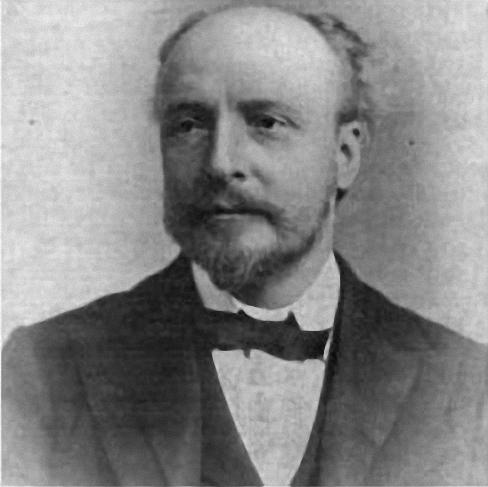On the recommendation of a friend, I recently watched the movie Hysteria, a Victorian romp (you’re thinking there’s no such thing, aren’t you?) about the invention of the vibrator. I refuse to say it was hysterical, but it was pretty funny. Underlying it, however, is the very real history of women’s sexuality, and the utter incomprehension of the same by men for thousands of years.
The ancient Greeks, it is said (although some dispute this), believed that women were possessed of a “wandering womb,” which caused any number of health problems. As early as the second century, it was determined that “hysteria” was caused by sexual frustration, and a Greek physician reportedly urged marriage as a cure. Over the ensuing centuries, other physicians prescribed “digital manipulation,” suppositories, horseback riding, hydrotherapy, massage, and “la titillation du clitoris.” The medical condition of “hysteria” was one of the most diagnosed diseases in history, and was actually still considered a medical disorder by the American Psychiatric Association until 1952.
In the 1860s, a British doctor advocated surgical removal of the clitoris. Dr. Isaac Baker Brown claimed a 70% success rate in curing epilepsy and any number of other ills he claimed were caused by masturbation, until he was expelled from the London Obstetrical Society for performing the procedure on women without their consent.
The very first vibrator was developed by an American physician, George H. Taylor, in 1869. It was a steam-powered “Medical Vibrating and Kneading Machine” that stuck through a hole in a table to massage the pelvic area.
 |
| U.S. Patent 86,604. |
In the 1880s in England, Joseph Mortimer Granville, the subject of the film, Hysteria, was the first to invent an electric vibrator. The film gleefully notes that the impetus for the invention was the carpal tunnel resulting from Dr. Granville’s tedious manipulation of the nethers of well-to-do Victorian housewives. History suggests a much more mundane origin–he intended it for relief of muscular ailments of men, and tried to distance himself from the device when its use became popular for treatment of hysteria. He discusses the device, which he called a “percuteur,” in his 1883 book, Nerve-Vibration and Excitation as Agents in the Treatment of Functional Disorder and Organic Disease.
 |
| Dr. Joseph Mortimer Granville, 1833-1900 |
Rachel Maines looks the subject in her 1999 book, The Technology of Orgasm–an occasionally unintentionally funny look at the history of women’s sexuality. You can find a lengthy excerpt in the New York Times, which may be quite enough for you to get the picture.

Physicians, although they considered it a chore and happily used the newest devices to enable them to see more patients for shorter periods, made a lot of money treating hysteria. Women needed frequent treatment, but as none of them were actually sick, there was no risk for the doctor. Portable models became available around 1905, and women continued to see physicians for treatment of hysteria until the 1920s, when the vibrator disappeared from medical literature.
Fortunately, the 1960s came along, and vibrators became small, portable, and easily purchased by women for use in the privacy of their own homes. As Rachel Maines put it, “The women’s movement completed what had begun with the introduction of the electromechanical vibrator into the home: it put into the hands of women themselves the job nobody else wanted.”
